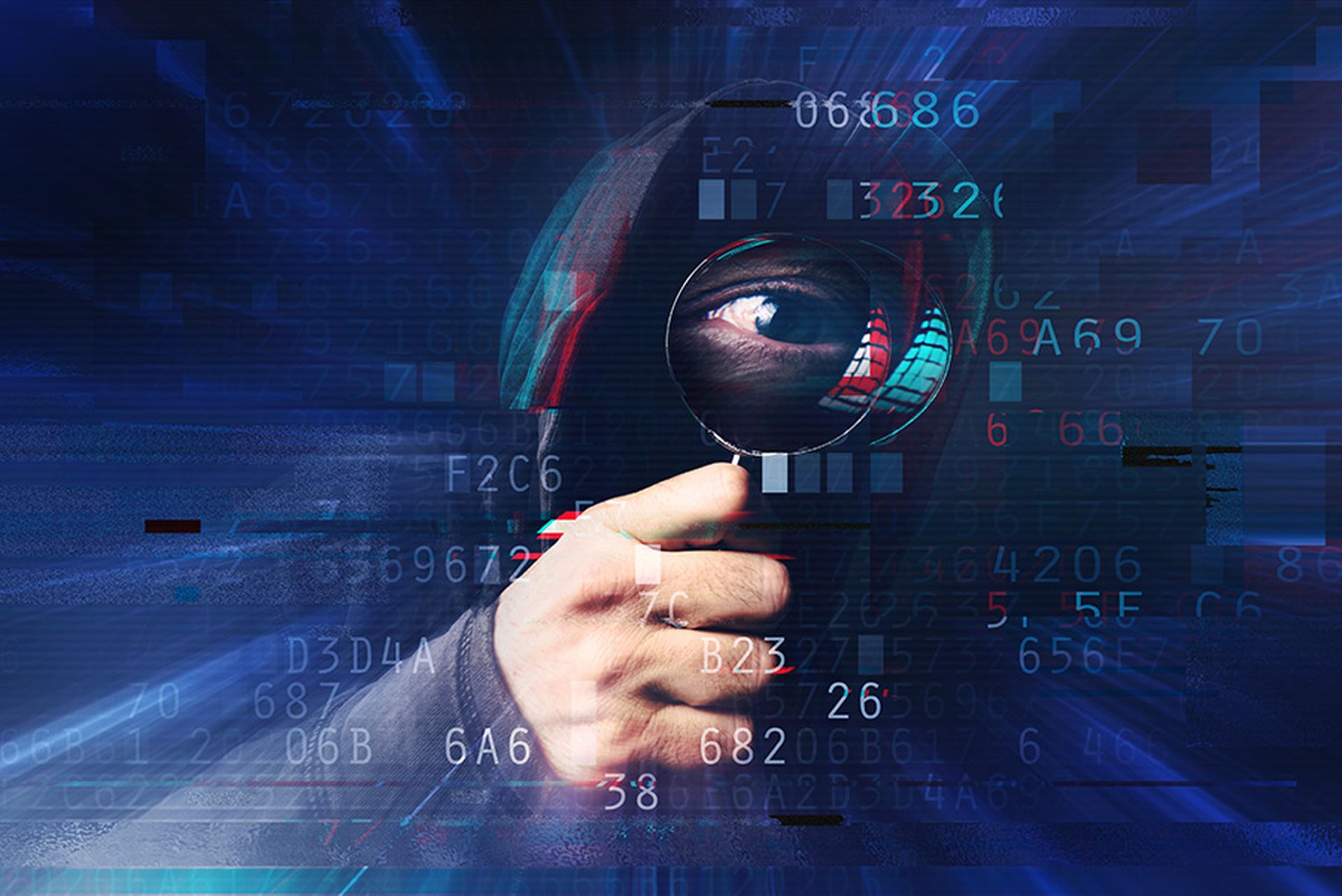A recent Trend Micro study found 20 percent of IT leaders believe cyberespionage will be the top threat of 2017.
The study queried 2,402 enterprise IT decision makers in the U.S. and Europe and found that 17 percent said targeted attacks, followed by 16 percent that reported phishing attacks as being the year's top threat.
Last year, phishing attacks were reported as the biggest threat according to 31 percent of respondents, followed by business email compromise at 17 percent, and cyber espionage at 15 percent.
On average, respondent's firms had been attacked four times and of those four attacks, three were ransomware attacks although researchers noted the figures varied significantly between the Nordics at the low end and Italy, where firms suffered eight attacks on average.
There is hope, two thirds of European and U.S. IT bosses are using advanced tools like behavioral analytics and machine learning and three-quarters believe these tools and techniques are effective in stopping cyber-attacks and more than half actually believe they will make the job of IT professionals easier going forward, the report said.
“All the experts agree that if a hacker is determined enough they will be able to scale any perimeter wall to get inside your network,” the report said. “The key therefore is to build resilience into your security so you're able to spot when they do get in as soon as possible, minimizing the potential fall out.”
Cyberespionage is a possibility anywhere there is data of interest and organizations that hold a lot of intellectual property such as pharmaceuticals, bio-tech, engineering, military contractors are prime targets, Trend Micro Vice President of Cloud Research Mark Nunnikhoven told SC Media.
He added that there is a long history of corporate and nation state espionage and now that everything is digital, the scale and ease in which these attacks can happen is unprecedented.
“I believe that raised awareness around cyber-espionage is the recognition that cyberattacks aren't just about criminals getting user data and selling it on the underground,” Nunnikhoven said. “There's any entire other level where illicit means are used for specific, targeted attacks that lead to political/business advantage.”
Nunnikhoven added that there will always be a constant level of activity between nation state actors and that on the corporate level, anytime there's enough money at stake the temptation is there and it may be in the industries where you least expect it such when the former St. Louis Cardinals official hacked into the Houston Astros' computer systems in order to gather intelligence and obtain an unfair advantage.
“When it comes to defending, every organization should be prioritizing their critical data and ensuring that every reasonable precaution be taken to keep it safe,” he said. “If your organization is a likely target for espionage-like activities, you're going to want to ensure you're taking additional precautions around processes (to defend against social engineering) and security monitoring.”
Another way that firms can help defend against cyberespionage is by building files on potential adversaries. However, given the limited resources that most security teams have, Nunnikhoven said that he wouldn't spent too much time building in-depth profiles on adversaries unless there's a possibility of legal action.
He added that time is best spent building strong defenses against potential espionage and the waves of attacks most organizations face daily.
Correction: SC Media accidentally included an image of a Privoro whitepaper with this story. Privoro is not associated in any way with the Trend Micro report. SC Media apologizes for this error.



